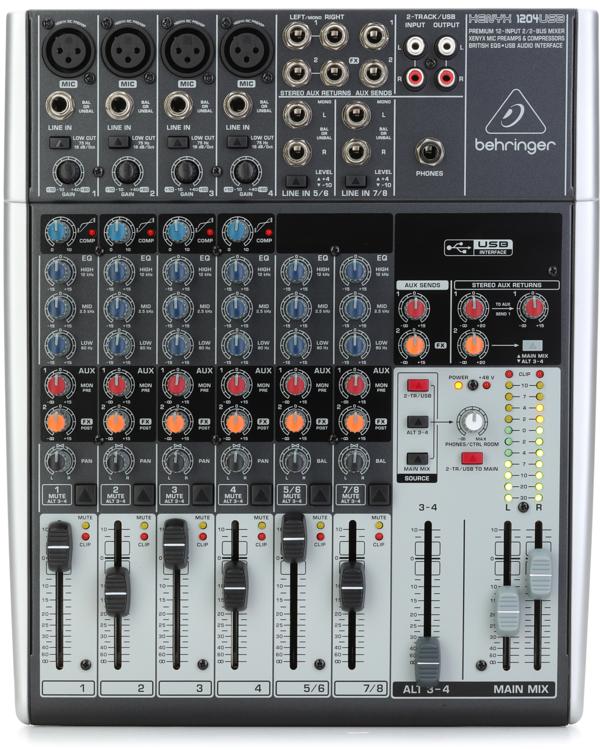
Once I did that, I was rewarded with the clean, loud sound that I am used to.


It was recognized right off, so I set it to the default, but I did have to reboot in order for sound to begin playing through it. Next, I plugged the UMC202HD into one of the USB ports on the pi. Certainly not the quality I am used to listening to from the Behringer UMC202HD on my Windows or Ubuntu PC. I plugged my Koss SportaPro headphones into the monitor's output jack. That didn't sound very good although it was tolerable. I set it up with my HDMI monitor, so the audio was defaulted to play through it's speakers. I can still use my old smartphone as my audio player if I can't get the Pi to do what I want it to without expensive add-ons. That's most of the reason I bought the Pi anyway. Once my Pi arrives, and I have it set up, I will just play around with it and see what it can and cannot do. I've been reading about one named HiFiBerry. Plug my Behringer UMC202HD into the USB port on the Pi, and hope the music will play without glitchesĤ. Use the analog output built-into the Pi (that may be poor quality).ģ. Get an HDMI to RCA adapter to play the audioĢ.

So it is looking like I have to make a choice here:ġ. Same thing will happen if I turn off the monitor - no sound. I'm not sure what will happen if I tell Raspbian to put the monitor to sleep will that also cut off the audio? I would bet that it does. I really don't like to keep any monitors powered on while they're not in use. That isn't very good, as I am listening to the music at night, while I sleep. If I use HDMI for audio output from the Pi, I will need to keep the HDMI monitor powered on while only playing audio. Just thought of something that might be a show stopper:


 0 kommentar(er)
0 kommentar(er)
